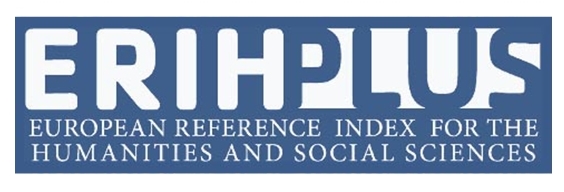Tradition and Transformation: J.R.R. Tolkien’s Fall of Arthur
DOI:
https://doi.org/10.18485/bells.2016.8.12Keywords:
Tolkien, Fall of Arthur, Lancelot, Malory’s Morte DarthurAbstract
J.R.R. Tolkien’s Fall of Arthur is his only venture into Arthurian literature, an unfinished poem of almost one thousand lines, written in alliterative verse, on which he worked in the 1930s. It was edited by Tolkien’s youngest son, Christopher Tolkien, and published in 2013. The poem is an account of King Arthur’s last campaign, his war against the Saxons, during which Mordred – appointed as regent – commits treason and allies with Arthur’s enemies in order to seize power. Events described in the poem take place after Lancelot’s adulterous relationship with Guinevere has been disclosed and he, Lancelot, has saved her from the pyre, accidentally killing Gareth and Gaheris, and after the lovers’ exile and final parting, when Arthur agrees to welcome Guinevere back as his queen and decides to banish Lancelot from his fellowship and his realm forever. The news of Mordred’s treason causes Arthur to return to Britain, but the poem is interrupted immediately before the final battle begins. This paper looks into the Arthurian tradition the author borrows from and examines the transformations he has made, arguing that the general atmosphere of the poem is predominantly Old English, that is, more archaic than that of medieval Arthurian works, whereas the portrait of Lancelot betrays the features of a modern-day character, as Tolkien gives us an insight, albeit brief, into Lancelot’s inner life, an insight medieval authors never seem willing to reveal to their readers.
Downloads
References
Downloads
Published
Issue
Section
License

This work is licensed under a Creative Commons Attribution-ShareAlike 4.0 International License.
Authors who publish with this journal agree to the following terms:
- Authors are confirming that they are the authors of the submitting article, which will be published (print and online) in Belgrade English Language and Literature Studies by the Faculty of Philology, University of Belgrade (Faculty of Philology, Studentski trg 3, 11000 Belgrade, Serbia). Author’s name will be evident in the printed article in the journal. All decisions regarding layout and distribution of the work are in hands of the publisher.
- Authors guarantee that the work is their own original creation and does not infringe any statutory or common-law copyright or any proprietary right of any third party. In case of claims by third parties, authors commit their self to defend the interests of the publisher, and shall cover any potential costs.
- Authors retain copyright and grant the journal right of first publication with the work simultaneously licensed under a Creative Commons Attribution-ShareAlike 4.0 International License that allows others to share the work with an acknowledgement of the work's authorship and initial publication in this journal.
- Authors are able to enter into separate, additional contractual arrangements for the non-exclusive distribution of the journal's published version of the work (e.g., post it to an institutional repository or publish it in a book), with an acknowledgement of its initial publication in this journal.
- Authors are permitted and encouraged to post their work online (e.g., in institutional repositories or on their website) prior to and during the submission process, as it can lead to productive exchanges, as well as earlier and greater citation of published work.




